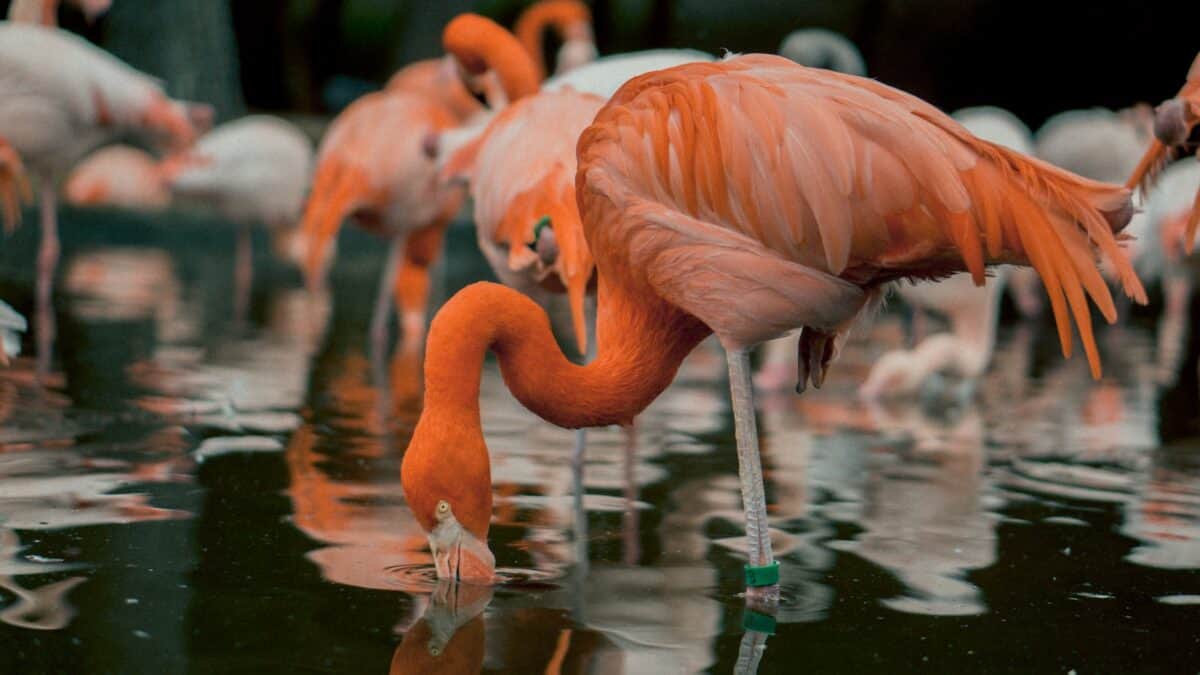Few images in the natural world are as iconic as a flamingo balancing gracefully on a single slender leg. This distinctive behavior has fascinated scientists, bird enthusiasts, and casual observers for centuries. While it might appear to be merely a quirky habit or an impressive balancing act, there are actually several compelling scientific reasons behind this peculiar posture. From energy conservation to thermoregulation, the flamingo’s one-legged stance represents a remarkable adaptation that has evolved over millions of years. In this comprehensive exploration, we’ll delve into the fascinating science and evolutionary advantages behind why flamingos prefer to stand on one leg, examining both well-established theories and cutting-edge research that continues to shed light on this distinctive behavior.
The Remarkable Flamingo: A Brief Introduction
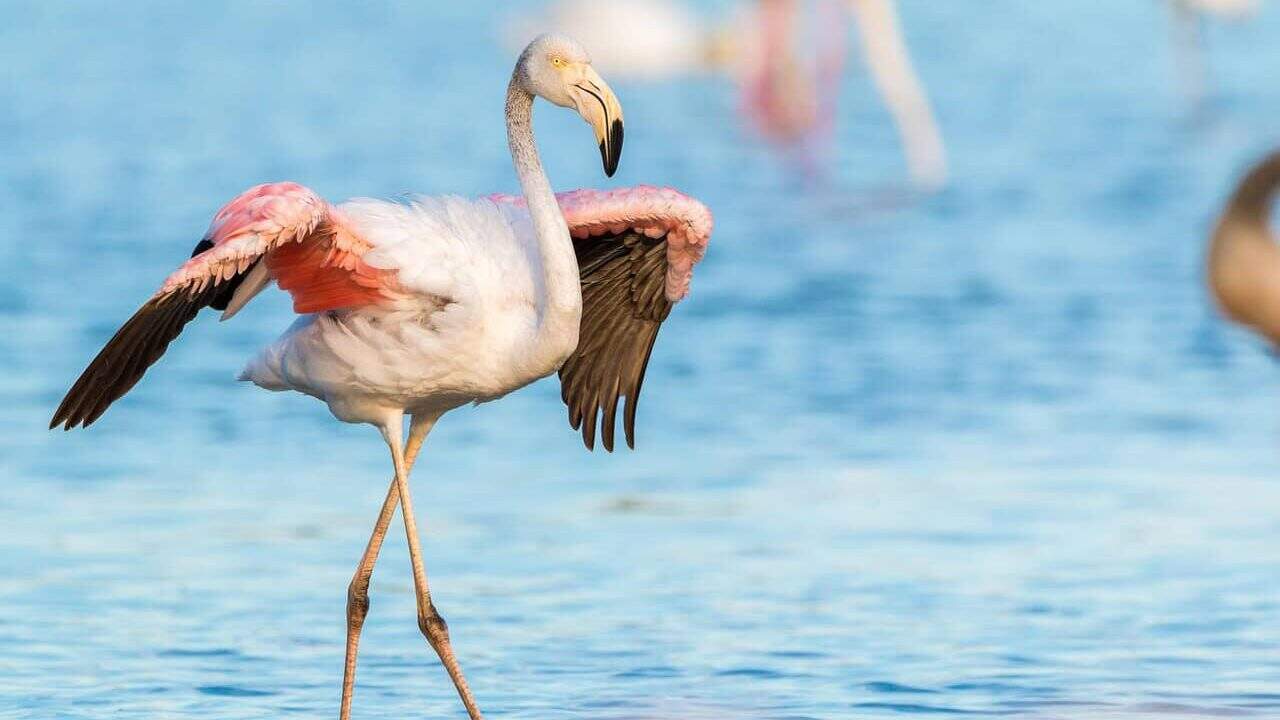
Flamingos are distinctive wading birds belonging to the family Phoenicopteridae. There are six species found across the Americas, Africa, Asia, and Europe, all characterized by their vibrant pink plumage, S-shaped necks, and unique feeding behavior. These social birds typically live in large flocks in shallow lakes, lagoons, and coastal areas. Their distinctive coloration comes from carotenoid pigments in their diet, primarily from algae, small crustaceans, and other aquatic organisms they filter from the water using their specialized beaks. While their pink coloration and filter-feeding habits are well-known adaptations, perhaps their most puzzling behavior is their tendency to stand on one leg for extended periods, sometimes for hours at a time. This posture can be observed in flamingos of all ages and across all species, suggesting it serves a fundamental biological purpose rather than being a random quirk.
The Energy Conservation Theory
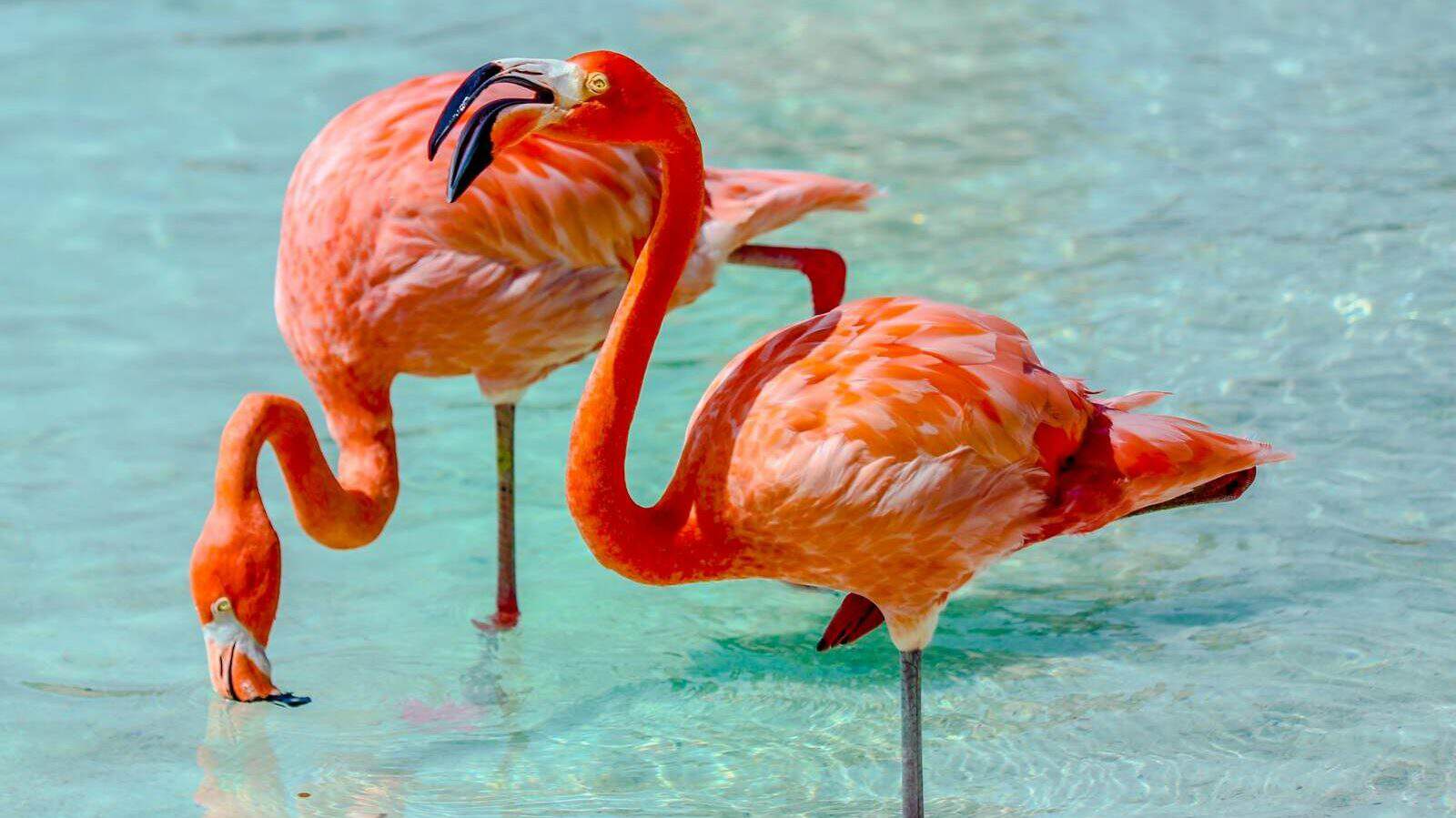
One of the most widely accepted explanations for flamingos’ one-legged stance is energy conservation. Research published in Biology Letters by Young-Hui Chang and Lena H. Ting from the Georgia Institute of Technology and Emory University demonstrated that flamingos actually expend less energy when standing on one leg compared to two. This seemingly counterintuitive finding can be explained by the birds’ unique anatomy. Flamingos possess a specialized “lock-and-key” joint mechanism in their legs that allows them to maintain a one-legged posture with minimal muscular effort. When a flamingo shifts its weight onto one leg, this passive support system engages, essentially creating a stable stance that requires almost no active muscle control. The researchers found that a flamingo’s body naturally falls into a balanced position on one leg, creating what scientists call a “zero force equilibrium.” This means the bird can essentially “lock” its leg in place and rest while standing—a remarkable adaptation that minimizes energy expenditure during the long periods they spend wading in feeding areas.
Thermoregulation: Keeping Warm in Cold Waters
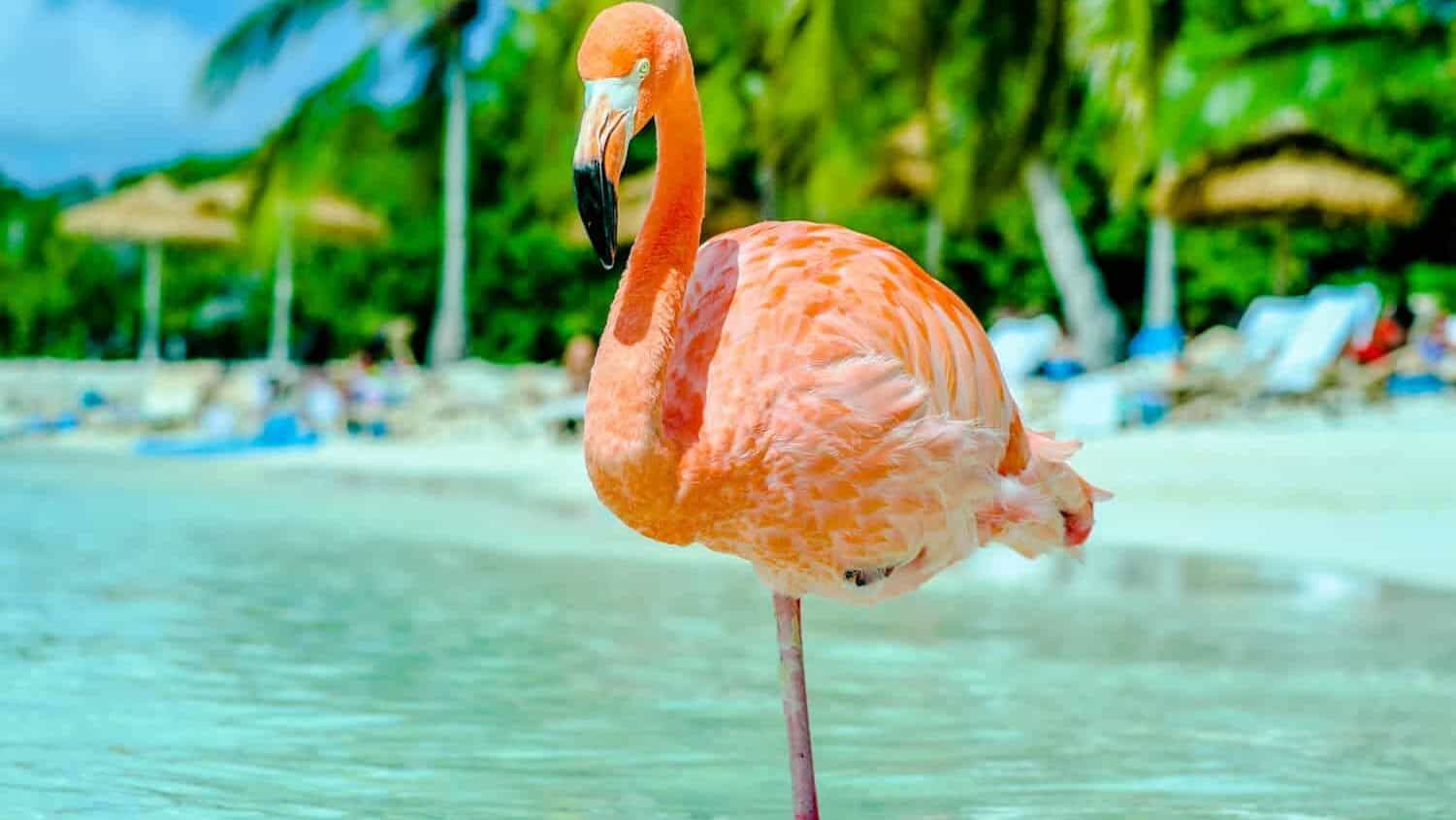
Another compelling explanation for one-legged standing relates to thermoregulation—the process by which animals maintain their optimal body temperature. Flamingos often feed in shallow waters that can be quite cold. As birds, they have relatively high metabolic rates and body temperatures (around 41°C or 106°F) that must be maintained. When standing in cold water, flamingos can lose significant body heat through their unfeathered legs due to conductive heat loss. By tucking one leg close to their warmly feathered body, they effectively reduce their heat loss by up to 50%. This theory is supported by observational studies showing that flamingos are more likely to stand on one leg when in cooler water temperatures. A study published in the journal Zoo Biology observed that the percentage of flamingos standing on one leg increased significantly as the ambient temperature decreased, providing strong evidence for the thermoregulation hypothesis. This adaptation allows flamingos to feed in habitats that might otherwise be too thermally challenging, expanding their ecological niche.
The Biomechanics of One-Legged Balance

The biomechanics of how flamingos maintain their remarkable balance has fascinated scientists for decades. Research has revealed that flamingos have evolved specialized anatomical features that make one-legged standing not only possible but actually more stable than it appears. Their leg joints include a unique locking mechanism that allows the birds to maintain the posture with minimal muscular activity. This passive stability system functions similar to a self-supporting tripod, with the bird’s body mass balanced perfectly over the single supporting leg. Cadaver studies have shown that a flamingo’s body can remain balanced on one leg even when the bird is deceased, demonstrating that this stability is largely structural rather than requiring active balance control. Additionally, flamingos typically tuck their head under a wing when resting on one leg, which shifts their center of gravity to directly above the supporting leg, further enhancing stability. The slight sway that can be observed in standing flamingos is actually a passive pendulum-like motion that helps them maintain balance without active correction, similar to how a rocking chair returns to equilibrium after being disturbed.
Predator Avoidance and Vigilance

Standing on one leg may also serve as a predator avoidance strategy. When flamingos sleep or rest, they need to maintain some level of vigilance. By standing on one leg, they can quickly deploy the raised leg to start walking or running if threatened, potentially giving them a split-second advantage in escaping predators. Some researchers also suggest that the one-legged posture serves as a form of unihemispheric sleep adaptation. Many birds can sleep with one hemisphere of their brain while keeping the other alert—standing on one leg might be physically linked to this state of half-sleep. Furthermore, in the shallow waters where flamingos often feed, the characteristic splash of a bird stepping down might alert predators to their presence. By minimizing leg movement and keeping one leg raised, flamingos potentially reduce both visual and auditory cues that could attract predators. While direct evidence for the predator avoidance theory is more limited than for energy conservation or thermoregulation, it represents an additional potential advantage that may have contributed to the evolution of this behavior.
Muscle Fatigue Reduction
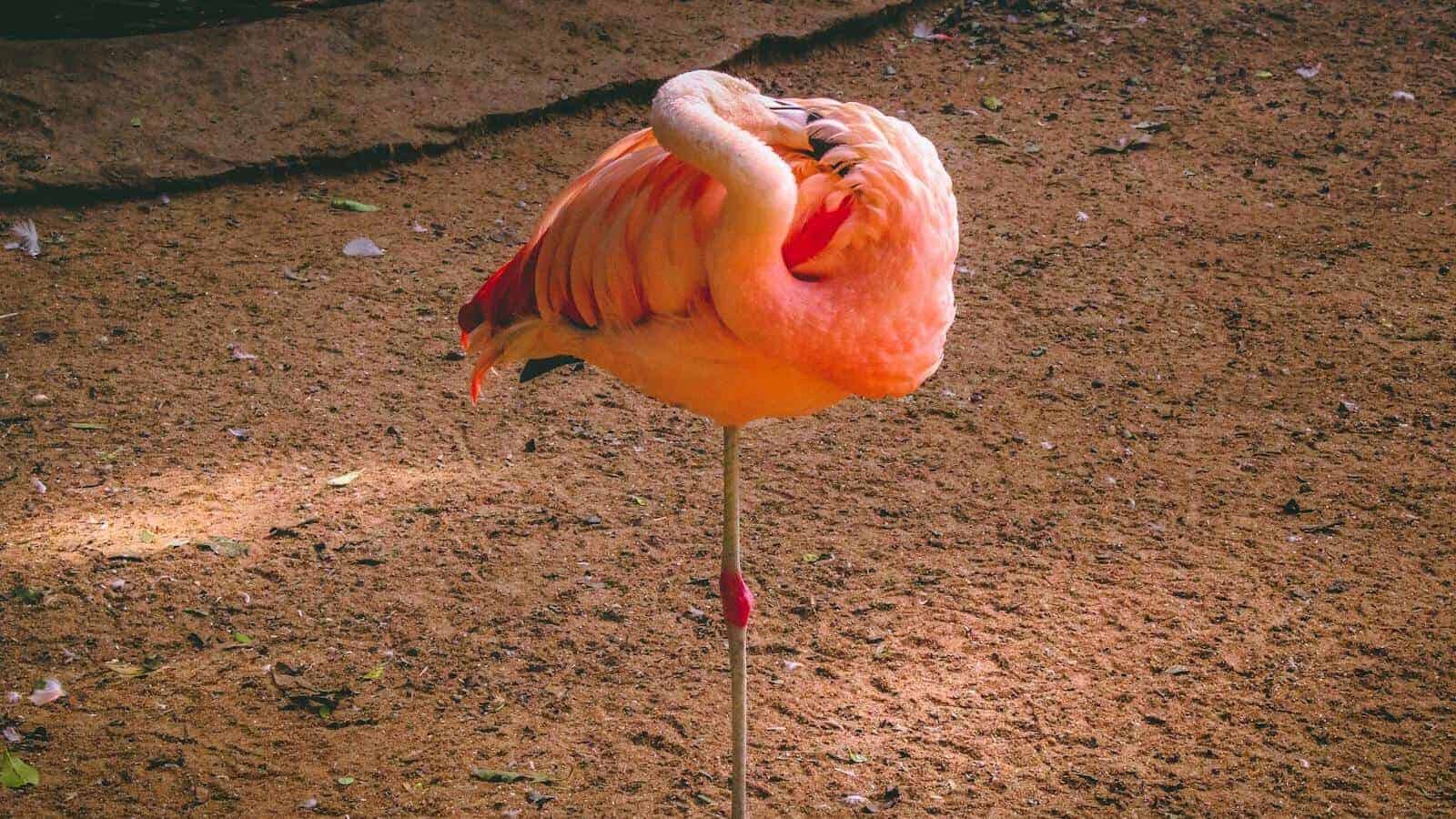
Standing for extended periods can lead to muscle fatigue in most animals, but flamingos have developed a remarkable solution to this problem. By alternating which leg they stand on, flamingos can give each limb a rest period, reducing overall muscle fatigue. Research has shown that flamingos don’t favor one leg over the other—they will switch between right and left legs throughout the day. This balanced usage prevents overuse injuries and muscle strain that might occur if they consistently favored one limb. The unique lock-and-key mechanism in their legs allows them to stand with minimal muscle engagement, essentially “locking” the leg in place. This passive support system means that even when a leg is in use, the muscles aren’t under constant strain. Electromyography studies measuring muscle activity in standing flamingos have confirmed remarkably low levels of muscular exertion during one-legged standing, far less than what would be expected for such an apparently precarious position. This efficient system allows flamingos to stand for hours or even days in their feeding areas without experiencing the fatigue that would affect most other animals.
Social and Behavioral Aspects
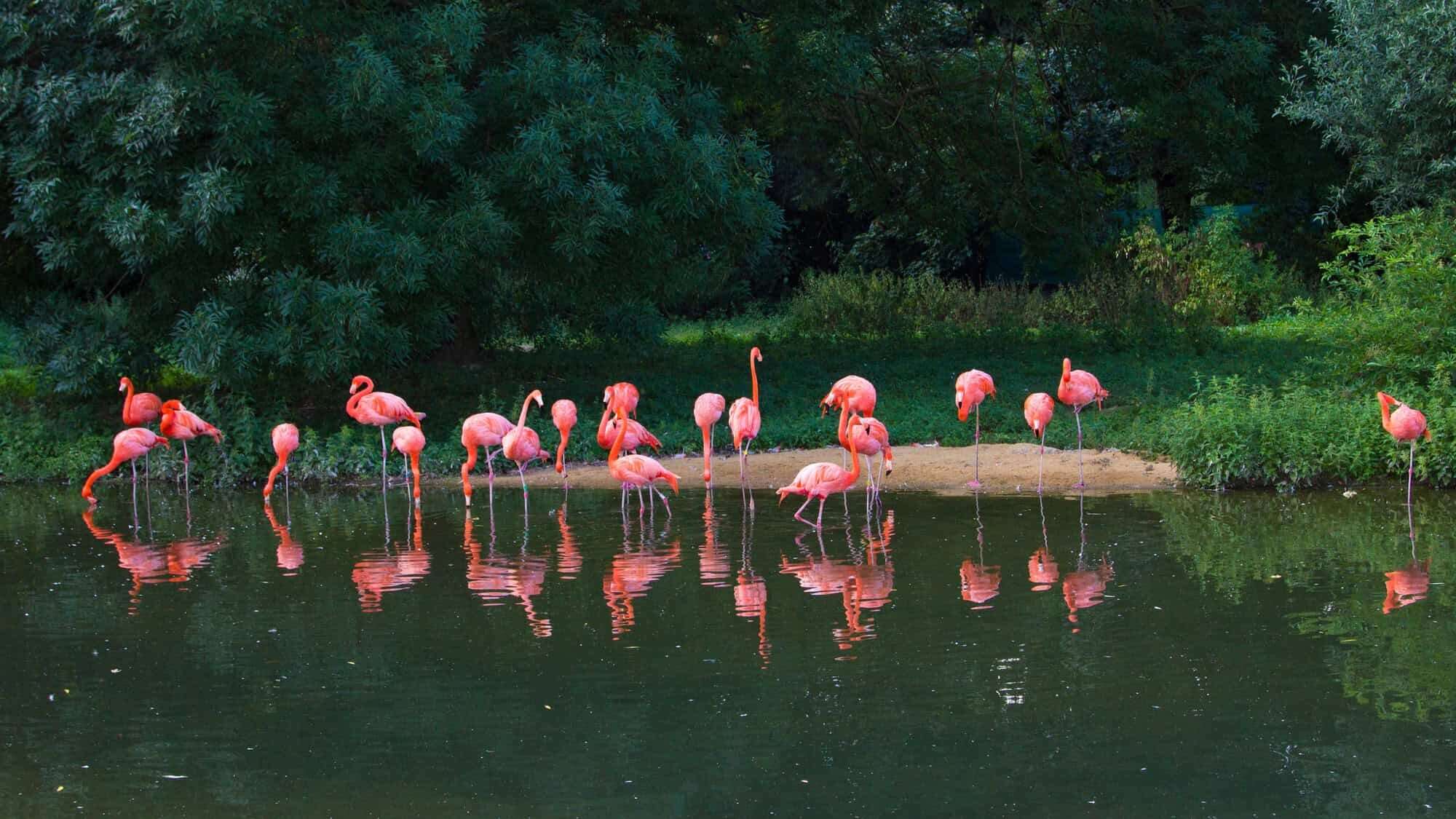
The one-legged stance of flamingos also has interesting social and behavioral dimensions. In dense flamingo colonies, standing on one leg may help individuals maintain personal space while still allowing the tight grouping that offers protection from predators. Observational studies have noted that flamingos in the center of large groups—where they are most protected from predators—are more likely to stand on one leg compared to those at the periphery, suggesting a comfort and security component to the behavior. Some researchers have also proposed that the one-legged stance might serve as a signal of individual fitness. A flamingo that can maintain perfect balance on one leg for extended periods may be demonstrating its health and vigor to potential mates. However, this hypothesis remains speculative and requires additional research to confirm. Interestingly, juvenile flamingos develop the one-legged standing behavior gradually as they grow, suggesting it’s a learned skill rather than purely instinctual. Young flamingos can be observed practicing and perfecting their balance, sometimes wobbling or using their beak as an additional support before mastering the characteristic stance of adults.
Comparative Behavior Across Species
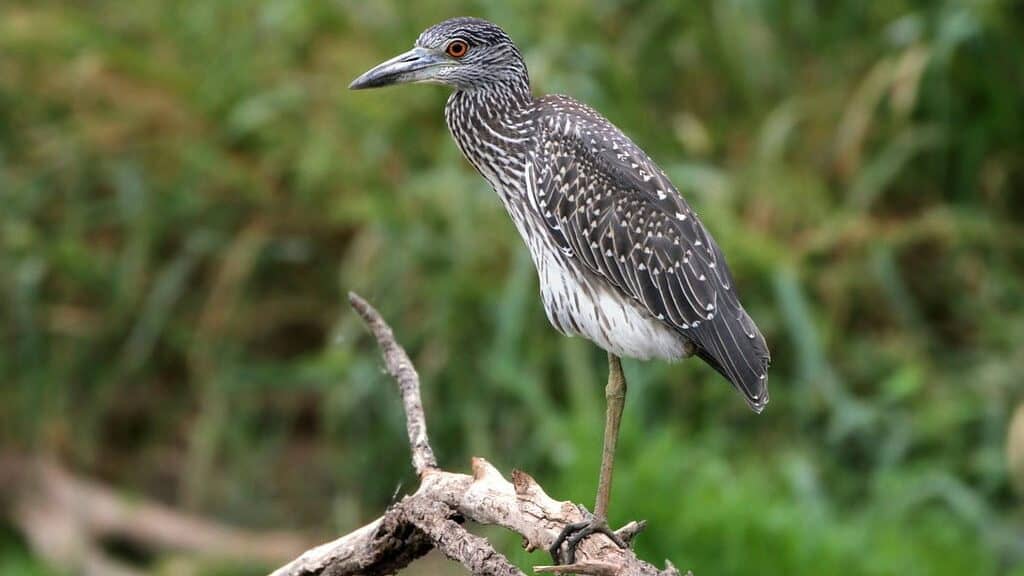
While flamingos are perhaps the most famous one-legged standers in the animal kingdom, they are not alone in this behavior. Many other wading birds, including herons, storks, and egrets, also frequently stand on one leg. This convergent evolution across different bird families suggests the behavior offers significant advantages in similar ecological niches. However, research has shown that flamingos stand on one leg more consistently and for longer periods than other wading birds, indicating they’ve taken this adaptation to its extreme. Some species of ducks and geese also exhibit one-legged resting, particularly in cold weather, supporting the thermoregulation hypothesis. Interestingly, the mechanical advantage of the locked-leg posture appears most developed in flamingos compared to other one-legged standers. Comparative anatomical studies have revealed that while other birds have similar joint structures, the flamingo’s passive support system is uniquely refined, allowing for extraordinary stability and energy efficiency. This suggests that different selective pressures may have influenced the evolution of one-legged standing across various species, with flamingos experiencing the strongest selection for this trait, possibly due to their specialized feeding ecology in challenging environments.
Research Challenges and Methodologies

Studying why flamingos stand on one leg presents unique research challenges. Wild flamingos are often found in remote, difficult-to-access habitats, and their behavior can be altered when they sense human observers nearby. To overcome these obstacles, researchers have employed a variety of innovative methodologies. Long-distance observation with high-powered optics allows scientists to record behavior without disturbing the birds. Thermal imaging cameras have been particularly useful in testing the thermoregulation hypothesis, allowing researchers to measure heat loss from flamingo legs in different postures and environmental conditions. Zoo-based research has provided opportunities for more controlled studies, though scientists must always consider how captive conditions might alter natural behaviors. Some of the most compelling evidence has come from biomechanical studies using flamingo cadavers, which have demonstrated the passive stability mechanism of the one-legged stance. These studies revealed that dead flamingos could be balanced on one leg with no muscular input, confirming the anatomical basis for this behavior. More recently, researchers have begun using accelerometers and other miniaturized sensors attached to flamingos to gather data on posture changes, muscle activity, and environmental conditions, providing unprecedented insights into this fascinating behavior.
Environmental Factors Influencing One-Legged Standing
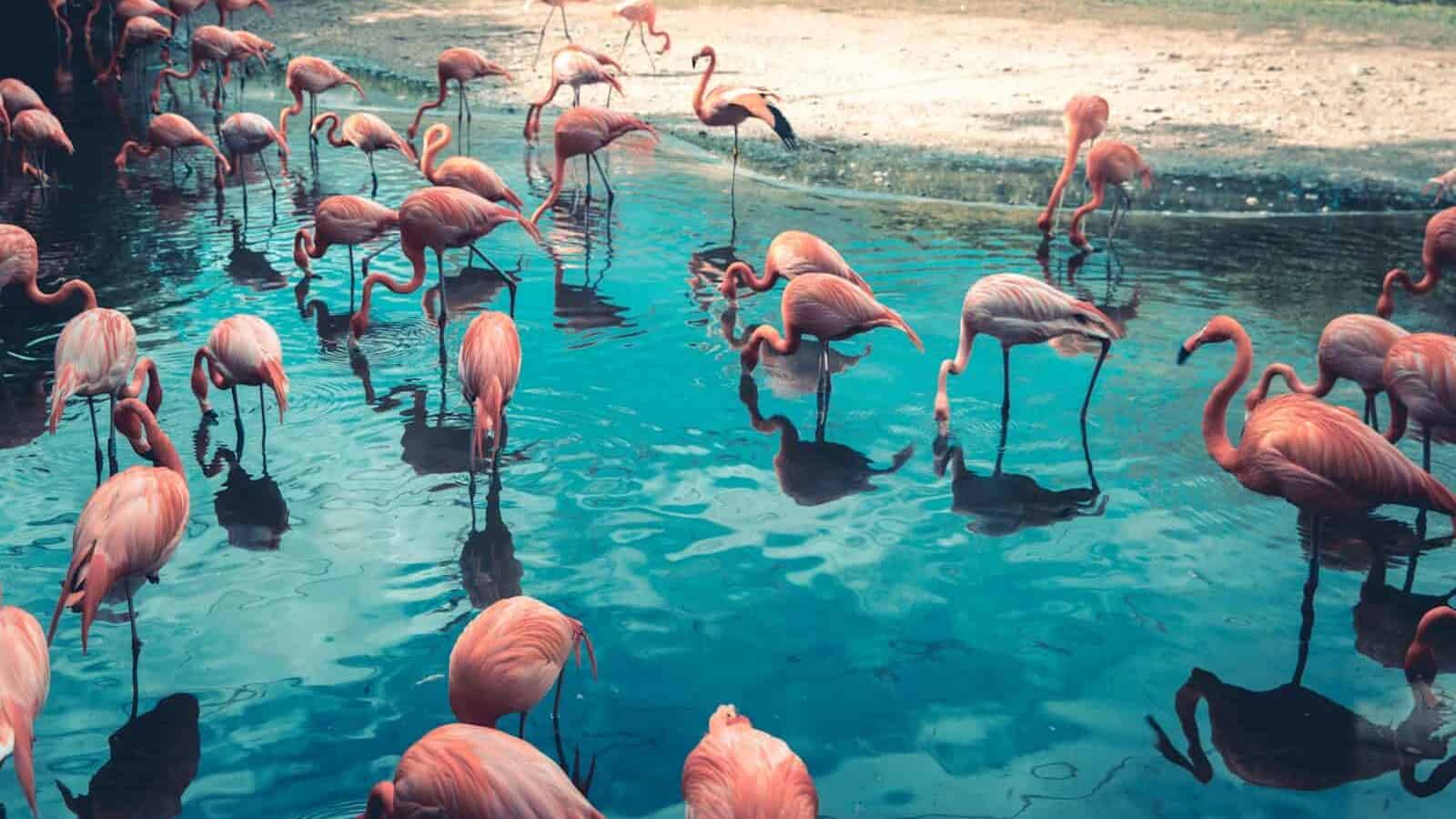
The frequency of one-legged standing in flamingos is not constant but varies with environmental conditions. Temperature appears to be a primary factor, with flamingos more likely to stand on one leg in cooler environments. A study published in Zoo Biology found that the percentage of flamingos exhibiting one-legged posture increased from approximately 5% at 35°C (95°F) to more than 70% at temperatures below 20°C (68°F). Water depth also influences this behavior, with flamingos more frequently standing on one leg in deeper water where heat loss would be greater. Wind conditions may play a role as well, as increased wind speeds enhance convective heat loss, potentially making one-legged standing more advantageous from a thermoregulation perspective. Time of day also affects this behavior, with flamingos more likely to adopt the one-legged posture during resting periods and at night. Interestingly, some research suggests that water chemistry might influence standing behavior, with flamingos spending more time on one leg in waters with high salinity or certain mineral compositions that might be physically challenging or energetically costly to stand in for extended periods. These environmental correlations provide additional evidence supporting both the thermoregulation and energy conservation hypotheses for one-legged standing.
Evolution of the One-Legged Stance
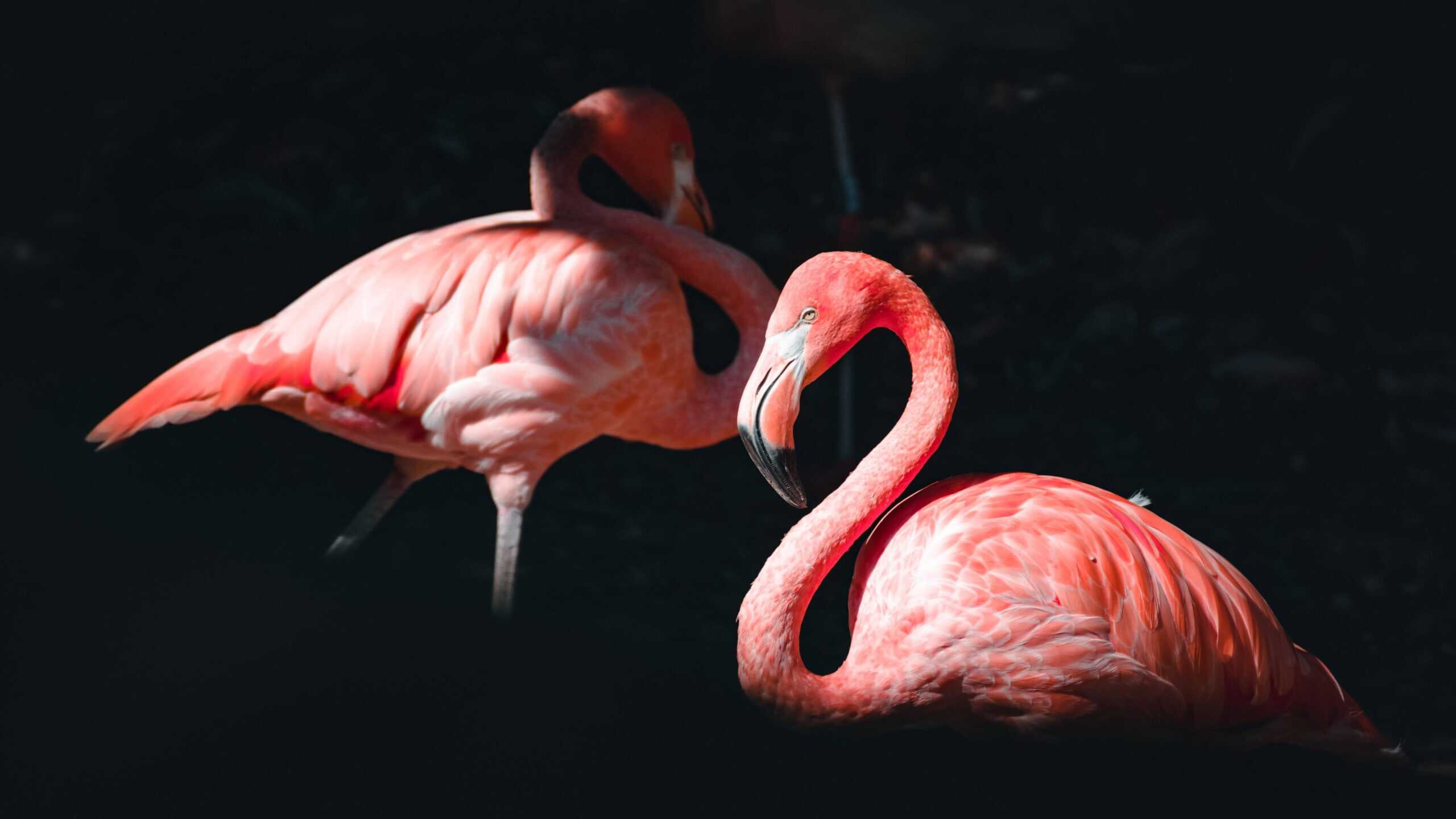
The evolutionary history of the flamingo’s one-legged stance is a fascinating example of natural selection producing a highly specialized adaptation. Fossil evidence suggests that ancestors of modern flamingos have existed for approximately 30 million years, with the distinctive feeding method and associated wading lifestyle emerging early in their evolutionary history. As these birds adapted to feed in challenging aquatic environments—often with extreme temperatures, caustic water chemistry from mineral deposits, and unpredictable food availability—the ability to remain in feeding areas for extended periods would have conferred significant survival advantages. The anatomical specializations that enable efficient one-legged standing likely evolved gradually through natural selection favoring individuals that could feed longer with less energy expenditure and better temperature regulation. Comparative studies with related birds suggest that the flamingo’s lock-and-key leg mechanism represents an extreme specialization of joint structures present in ancestral forms. Genetic studies have identified several genes associated with skeletal development that show evidence of accelerated evolution in flamingos compared to related birds, potentially contributing to their unique leg structure. This evolutionary journey has produced one of nature’s most remarkable examples of specialized adaptation, allowing flamingos to thrive in habitats that would be challenging or impossible for most other birds to exploit.
Cultural Significance and Human Fascination

The flamingo’s distinctive one-legged posture has captured human imagination across cultures and throughout history. Ancient Egyptian artwork depicts flamingos standing on one leg, showing that this behavior has fascinated humans for millennia. In many South American indigenous cultures, flamingos feature in creation myths and folklore, often portrayed in their characteristic stance. The birds’ unusual posture has made them popular subjects in art, photography, and design, with the one-legged silhouette instantly recognizable worldwide. This cultural fascination extends to modern times, with flamingos becoming iconic symbols in popular culture, from lawn ornaments to fashion motifs. Their distinctive stance has even influenced human design—the one-legged posture has inspired biomechanics researchers developing energy-efficient prosthetic limbs and robots that can maintain stability with minimal energy input. The scientific investigation of flamingo standing behavior represents an excellent example of how natural curiosity about unusual animal behaviors can lead to significant scientific discoveries with practical applications. Beyond their scientific importance, the aesthetic appeal of flamingos and their graceful one-legged balance continues to inspire conservation efforts to protect these remarkable birds and their specialized habitats around the world.
The flamingo’s habit of standing on one leg represents a remarkable evolutionary adaptation that serves multiple biological purposes simultaneously. Through specialized anatomy, these birds have transformed what would seem to be a precarious balancing act into an energy-efficient, thermally advantageous resting position. The primary benefits of energy conservation and thermoregulation are well-supported by scientific evidence, with additional advantages potentially including predator avoidance, muscle fatigue reduction, and social signaling. This multi-functional adaptation illustrates the elegance of natural selection, which has refined the flamingo’s anatomy and behavior over millions of years to create a solution that addresses several biological challenges at once. As research techniques continue to advance, our understanding of this fascinating behavior will likely deepen further, potentially revealing additional benefits or mechanisms not yet discovered. The flamingo’s one-legged stance reminds us that even the most seemingly peculiar animal behaviors often have sound evolutionary logic behind them—a beautiful example of how form, function, and behavior can evolve together to create perfectly adapted living solutions.
- The Coldest Town in America—And How People Survive There - August 9, 2025
- How Some Birds “Steal” Parenting Duties From Others - August 9, 2025
- 12 Deep-Sea Creatures You Won’t Believe Exist - August 9, 2025

